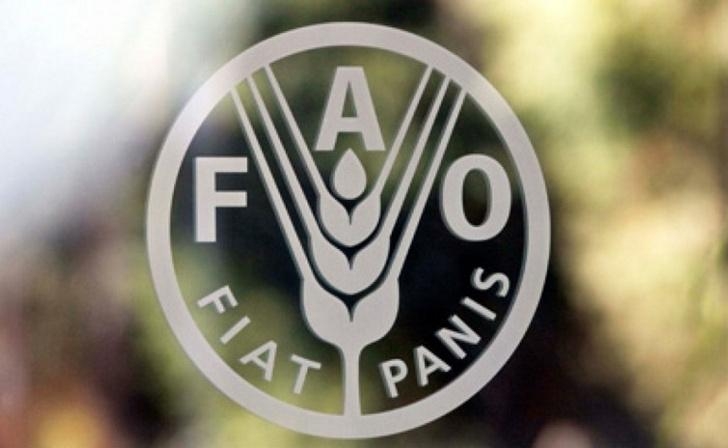The FAO food price index fell in August, losing the increase in July

In August, the FAO Food Price Index (CPI) decreased compared to July by 2.6p or 2.1% to 121.4p, which was 24% or 38.3p higher than the record level of March 2022. The fall in the CPI is due to a decrease in price indices for dairy products, vegetable oils, meat and cereals, although the price index for sugar increased slightly.
Thus, the Grain Price Index in August decreased compared to July by 0.9p or 0.7% to 125p, which is 20.6p or 14.1% lower than in August 2022. World wheat prices fell by 3.8 % against the background of seasonal sales by the main exporters of the Northern Hemisphere, for feed grain - by 3.4%, in particular for corn - to the lowest level since September 2020 thanks to a record harvest in Brazil and the start of harvesting in the USA. Meanwhile, the price index for all types of rice rose 9.8% to a 15-year high as a ban on white rice exports from India prompted other exporters to cut sales sharply.
The price index for vegetable oils fell by 4p or 3.1% to 125.8p due to a drop in base oil prices. Palm oil prices fell due to reduced purchases by importers amid a seasonal increase in production in Southeast Asia. Sunflower oil prices fell by 8% against the backdrop of increased offers from exporters. Soybean and canola oil fell in price thanks to the improvement in the state of soybean crops in the US and a significant volume of export offers.
The price index for dairy products decreased by 4.6p or 4% to 111.3p, which is 32.1p or 22.4% lower than in August 2022. Against the backdrop of a seasonal increase in supply, especially from Oceania, and a reduction in imports from In China, the prices of whole milk powder fell the most. Skimmed milk powder prices fell to a 3-year low amid weak demand in Europe during the holiday period. Butter and cheese prices also fell.
The meat price index decreased by 3.6p or 3% to 114.6p, which is 6.5p or 5.4% lower than in August 2022. Lamb prices fell the most amid significant growth in export supply, especially from Australia, and a drop in demand from China. Pork prices fell due to weak import demand and an increase in export supply in Europe amid reduced domestic sales. Poultry meat fell in price due to increased supply, particularly from Brazil, and beef - due to a significant number of animals for slaughter in the main producing countries against the background of low demand.
The sugar price index rose by 1.9p or 1.3% to 148.2p, which is 37.7p or 34.1% higher than in August 2022. The reason was concern about a possible reduction in global production due to the El Niño phenomenon. Deficient rainfall in India and drought in Thailand will reduce sugar production in FY2023/24. But a good harvest in Brazil, a drop in the Brazilian real and ethanol prices limited price growth.




